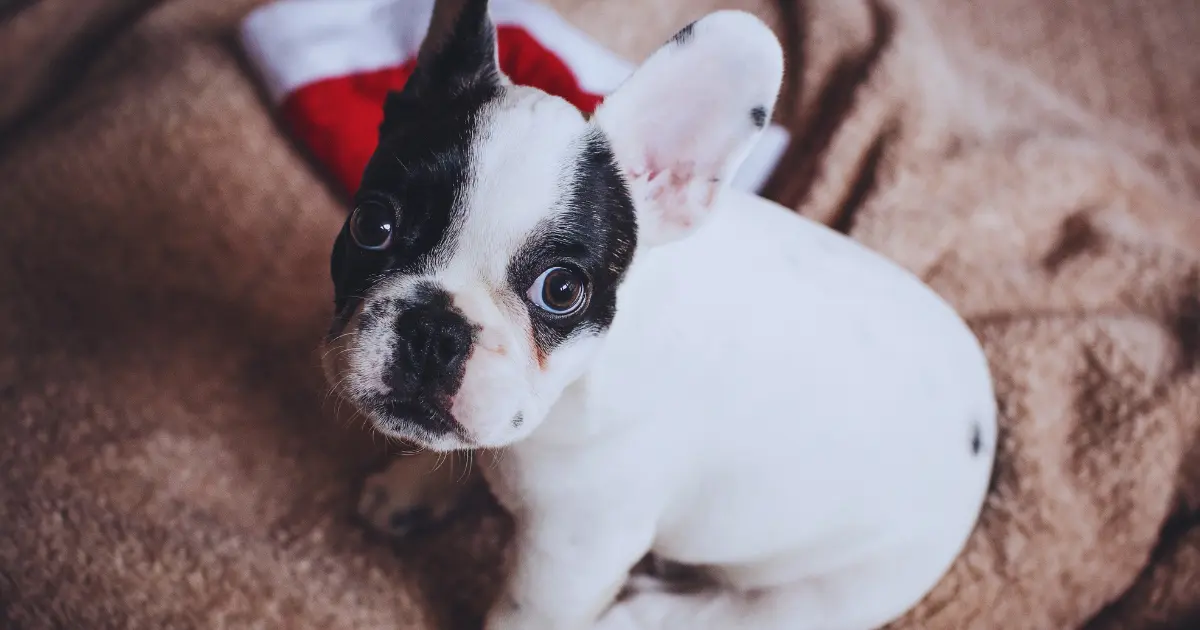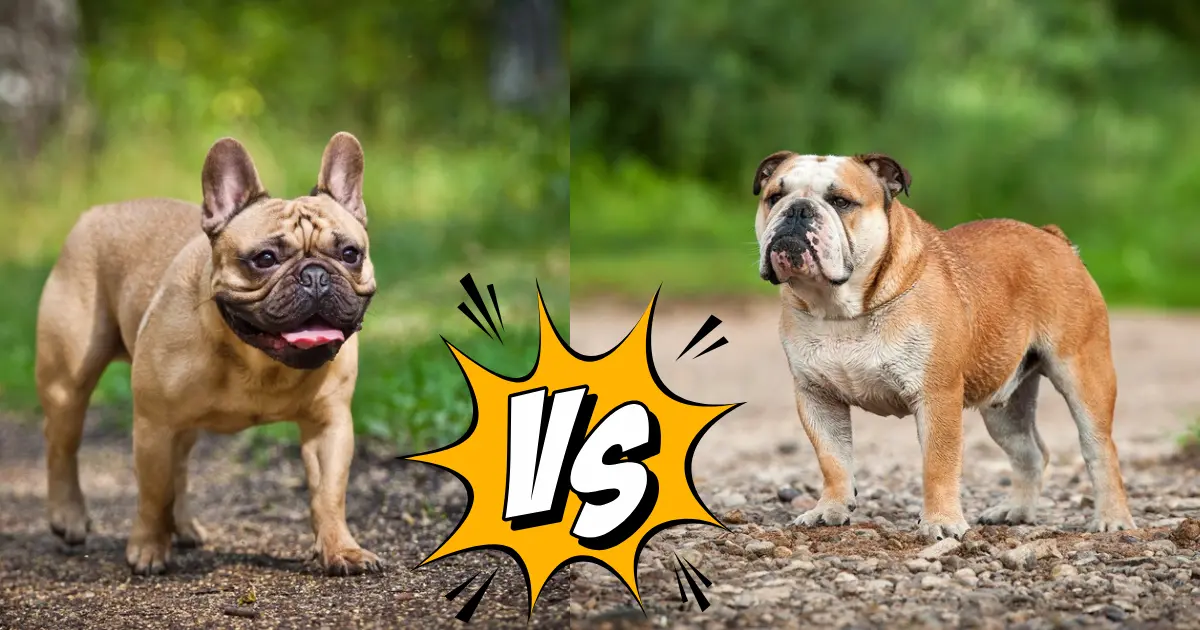What Are the Most Aggressive Dog Breeds: Top 10 list
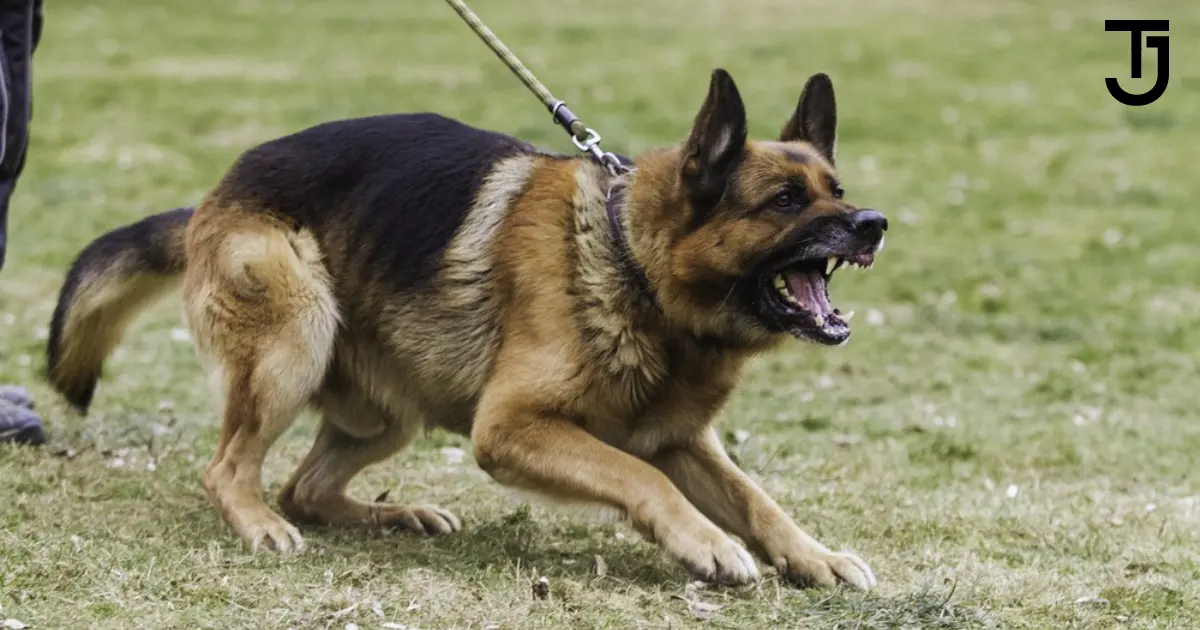
A dog’s propensity for aggression is commonly known to people before they ever see the dog in person. However, a dog’s personality, socialization, and training all have a big impact on its behavior. To completely comprehend most aggressive dogs, it’s critical to educate yourself on their characteristics, historical roles, and current views. Breed inclinations exist, no doubt, but how we handle them needs to be considered. In this article, we explore the most aggressive dog breed-specific behavior so that those who love dogs can comprehend them better.
The Misconception About Aggressive Dog Breeds
Dog attacks in the news often talk about types like the German Shepherd, Rottweiler, and Pit Bull. It is very important to understand that no breed is naturally “evil” or aggressive. The surroundings, socialization, training, and upbringing of a dog are some of the things that can change how it acts. People sometimes think that certain dog breeds are more violent. This article goes into great detail about these breeds, giving you interesting facts about their pasts as well as useful tips on how to discipline them.
Understanding Most Aggressive Dogs
While knowing about the many breeds of dogs is a nice thing, you also need to know how to deal with most aggressive dogs. Dogs may behave differently when they are afraid, worried, or uneasy since they typically become angry when they feel challenged or threatened. They might therefore act in different ways. Dogs, like people, have the capacity to be cruel in moments of fear, rage, territoriality, or protection. Varied forms of aggression will elicit varied reactions from dogs.
Key Factors Behind Dog Aggression
Understand the source of your dog’s anger to teach them how to direct and regulate their fur. Since animals naturally desire to defend themselves, they can be disruptive when scared, ill, or wanting to keep their food or things safe. Canines should be socialized with other canines when still young. If you do not allow it, they may become unfriendly adults. After completing this essential training period, your dog’s social abilities with humans and other dogs will greatly increase.
However, if the dog detects an attempt to harm their reputation within the family or community, it may acquire a hostile attitude. Because it may create distress for their canine partners, dog owners should be aware of the following. Thus, there are dog training methods that are appropriate for everyone. Furthermore, materials are available to help dog owners build tailored programs that address their canine partners’ specific needs and circumstances. Individuals who mistreat dogs may feel safer and get along better if they recognize the root of their dispute.
Behavioral Signs of Aggression in Dogs
If any of these things happen with your dog, it’s likely acting aggressively:
- Approaching it might make it snap, bite, or snarl.
- Growling or lunging at people or other animals in a scary way;
- Biting when one feels attacked or trying to bite.
- Constantly glancing and staring with heavy eyes,
- Displaying Teeth bared and lips parted.
If you notice these early warning signs, you can deal with any possibly angry behavior problems with your dog before they get worse.
Top 10 Most Aggressive Dog Breeds
Remember that each dog is unique. Some breeds of dogs are more aggressive but can be educated to behave better. Here are the top 10 most aggressive dogs:
1. American Pit Bull Terrier
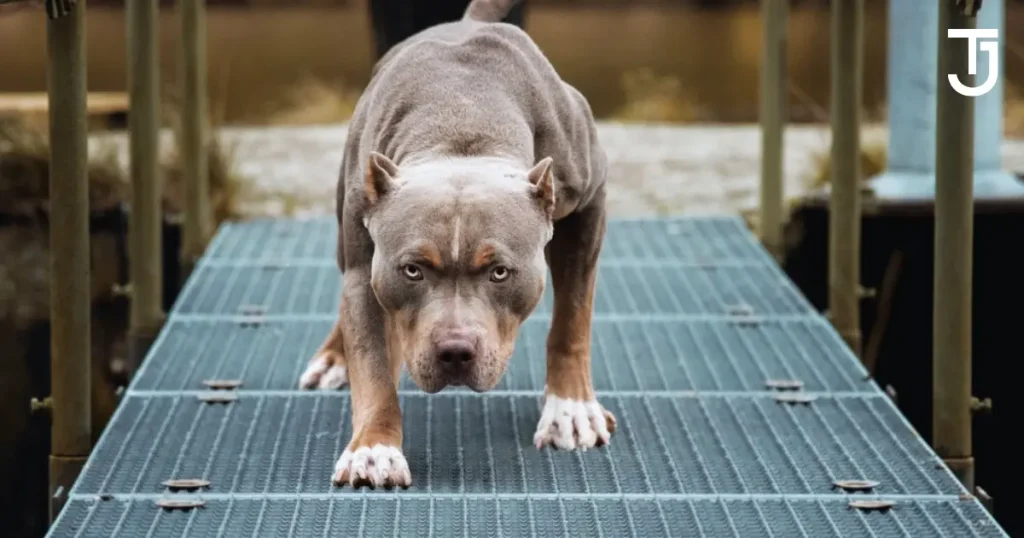
Average Weight: 32-55 ibs
Average Height: 18-20 inches
Life span: 8-15 years
American Pit Bull Terriers fight often. They are strong and brave despite being bull-scaring and farm dogs. Aggression can result from these characteristics without training and socialization. Pit bulls cherish their families and owners. Lack of control and media hyperbole fuel their violent reputation. If loved, trained, and at home, pit bulls make great pets.
2. Rottweiler
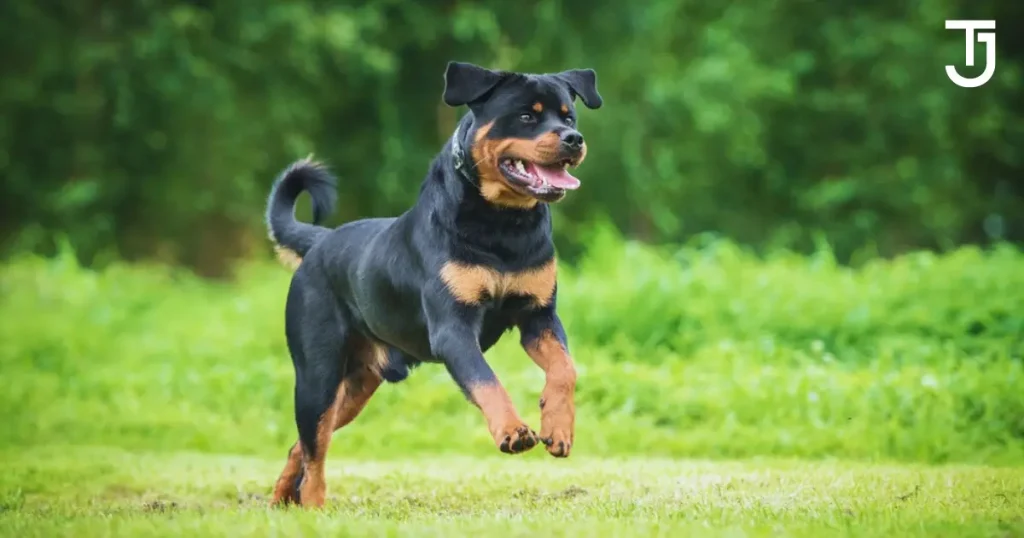
Average Weight: 94-119 ibs
Average Height: 23-26 inches
Life span: 8-10 years
Rottweilers’ history as herding and security dogs has made them appear ferocious. They are loyal and protective, therefore they need a strong, patient leader who encourages early training and socializing. Rottweilers can become loving family members under certain conditions. Instead of innate hatred, fear, a desire to protect, or lack of socialization drive their aggression. The surroundings and training of a Rottweiler affect its behavior, like many breeds.
3. Doberman Pinscher
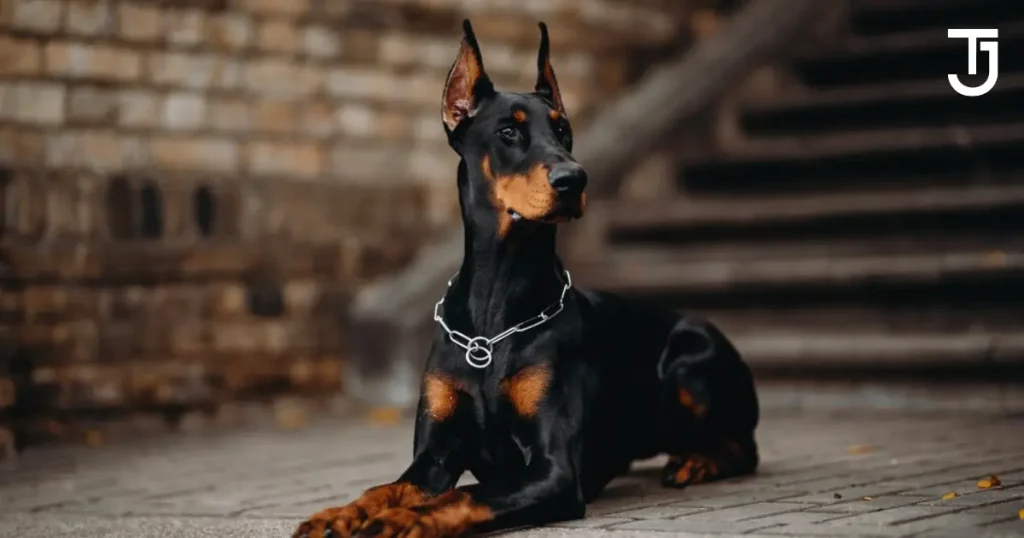
Average Weight: 78-88 ibs
Average Height: 26-28 inches
Life span: 10-12 years
Doberman Pinschers are scary and aggressive due to their sleek coats and athletic bodies. Built to protect their owners, these smart, alert, and loyal dogs. Great family pets. Dobermans need early and consistent training, strong but positive supervision, and lots of socialization to avoid aggression. After meeting their emotional and physical needs, these canines are less aggressive. Need attention and tasks. Misunderstood as protective, Dobermans may be loving pets in a disciplined home.
4. German Shepherd
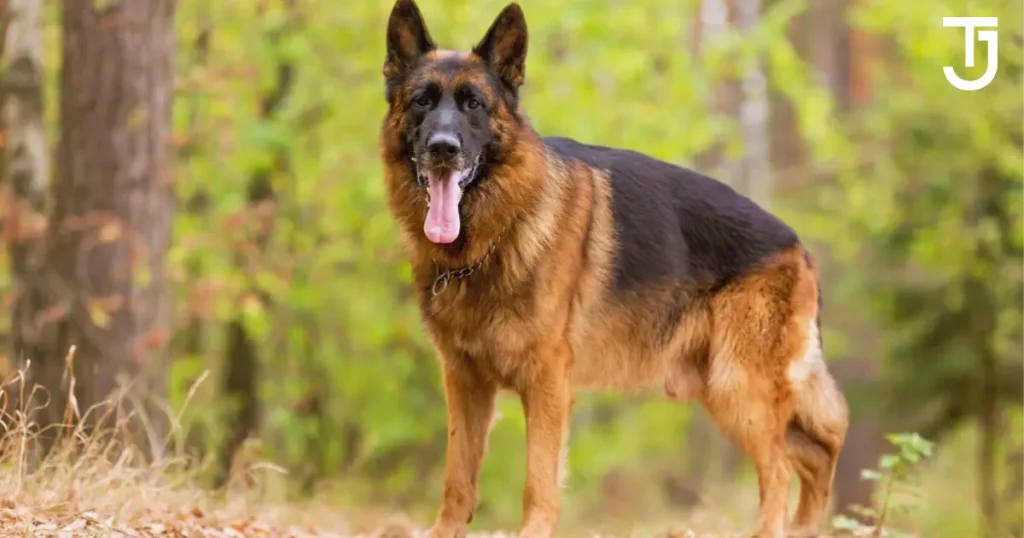
Average Weight: 57-78 ibs
Average Height: 23-25 inches
Life span: 10-12 years
The police and military adore German Shepherds because of their courage, intelligence, and loyalty. Because of its versatility and work ethic, this breed is popular among animal lovers. With the right kind of early training, German Shepherds can grow into devoted family pets. To stave off boredom and bad behavior, they require mental and physical stimulation. Their skills and knowledge are extensive. The standard for German Shepherds, like for all dogs, is exceptional performance in trials.
5. Siberian Husky
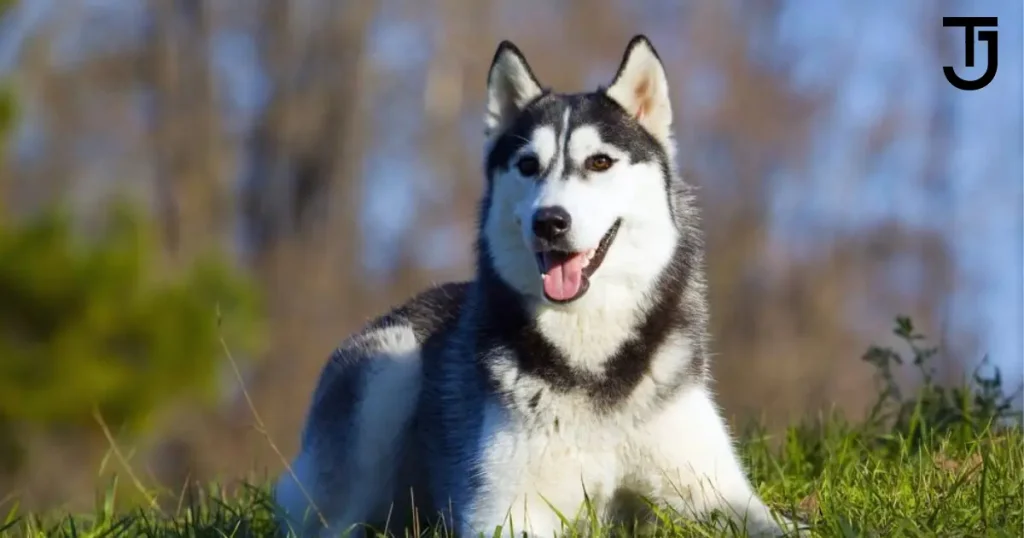
Average Weight: 40-55 pounds
Average Height: 20-22 inches
Life span: 12- 14 years
A wolf-like dog with blue or colored eyes, the Siberian Husky is smart and independent. Many have never heard of it. People may think bored or busy huskies are mean when they are merely curious. Huskies aren’t mean, despite popular belief. Children this age are active, loving family pets, so teach them manners and friendship early on. Huskies are popular with busy families and people who wish to workout together.
6. Alaskan Malamute
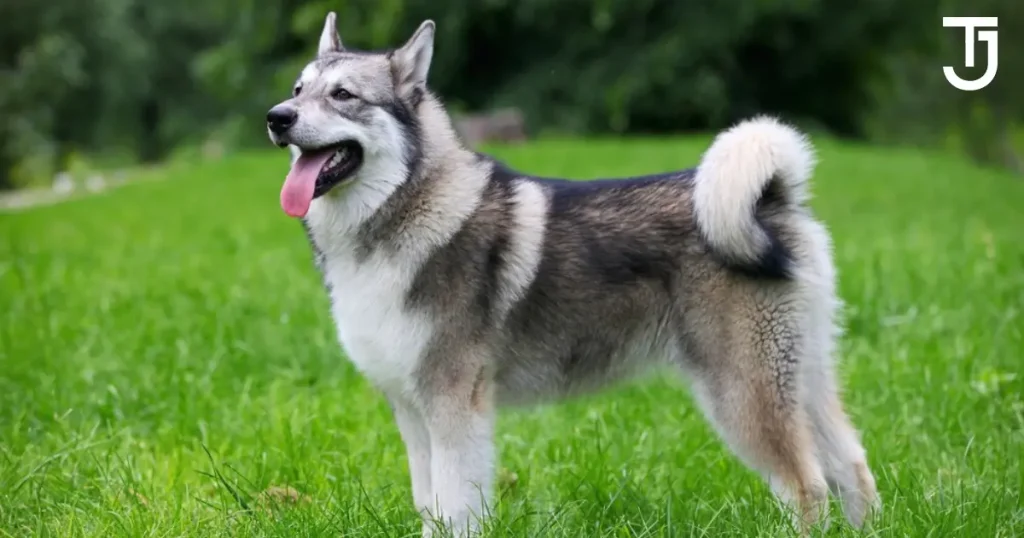
Average Weight: 78-82 ibs
Average Height: 23-25 inches
Life span: 12-14 years
The Alaskan Malamute is one of the oldest types of Arctic sled dogs. It is heavy-duty and strong. Big things are no problem for these dogs. Even though they are friendly and outgoing, their freedom and strong will could be seen as hostile if they don’t get enough exercise and mental stimulation. Milo does best in families with stable guidance and early socialization. Following the fulfillment of their physical and mental needs, they are kind and loyal. Malamutes live in packs and may guard their human families. People who want to own one should know this.
7. Boxer
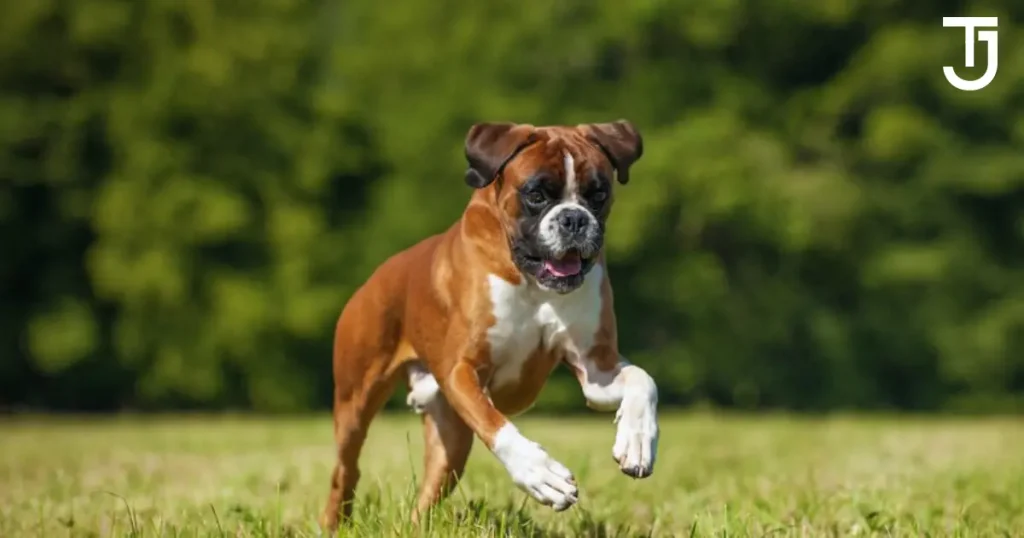
Average Weight: 58-68 ibs
Average Height: 22-24 inches
Life span: 10-15 years
Active boxers make ideal family pets. Their strictness masks their kindness and family devotion. Therefore, boxers make wonderful dogs for young families. Use their endless energy for good by exercising and playing with them. Early puppy training makes them friendly, well-behaved, and beloved household pets. Love, exercise, and training keep boxers healthy and friendly.
8. Dalmatian
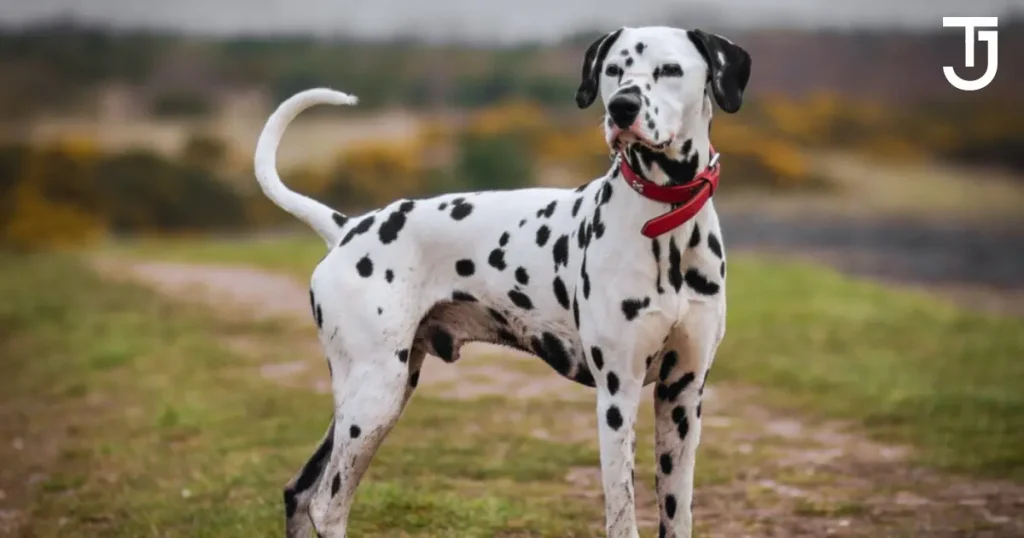
Average Weight: 45-70 pounds
Average Height: 19-24 inches
Life span: 9-11 years
Dalmatians‘ speckled coats mirror their graceful physique. The carriage dogs’ size, speed, and suppleness made them remarkable. Dalmatians make good companions for families and busy people. Lack of mental and physical activity can cause hostility. Good education and obedience training can make Dalmatians ideal family pets. Housekeepers who care. Dalmatians are terrific pets if they get proper exercise and socialization.
9. Chihuahua

Average Weight: 3-5 ibs
Average Height: 6-9 inches
Life span: 14-16 years
Small Chihuahuas are loyal and stubborn. Their energy makes them terrific friends. Puppy dogs are brave around other dogs and people. Management of violence involves socialization and training. Chihuahuas need human interaction and brain stimulation but little exercise. Providing for their social and mental requirements makes them ideal apartment residents. A strong, caring friendship comes from understanding their soul.
10. Beagle

Average Weight: 22-30 pounds
Average Height: 12-15 inches
Life span: 12-15 years
Medium-sized to small Beagles enjoy sociability and exploration. They are good at tracking and smelling. Children and other pets like these curious and friendly dogs. Since they love scents, fence and supervise them. Socializing beagles may develop separation anxiety if left alone. For proper behavior, they need obedience training and exercise. Beagles are affectionate and loyal.
Managing Aggression in Dogs
Dog aggressive behavior needs to be managed in several ways, such as positive training methods, proper socialization and responsible pet ownership.
Training methods:
When you attempt to teach your dog something, it is very important to use beneficial rewards. Your connection with your dog will develop if you treat it for good behavior with treats, praise, or playtime. To keep your dog safe and healthy, set clear rules and limits. If your dog acts rudely or has behavior problems, you should get help from a professional dog trainer or behaviorist. Depending on the issues your dog experiences, they will devise a training plan. To change how it works, this will give you the exact help and instructions you need.
Socialization Tips:
To keep dogs from becoming aggressive they need to be socialized from a young age. People, animals, places, and things should all be introduced to your dog right away. Carefully protect the dog from too much fear as you do this step by step. They can grow and get out of their comfort zone by being taught new things. That makes dogs less likely to bite out of fear because they learn to be sure of themselves around new things. They are friendlier and easier to talk to after going through this process.
Responsible Ownership Practices:
Ensuring your dog lives in a secure and healthy home where it may thrive is your responsibility as a responsible pet owner. Your dog’s health will benefit from regular walks. To maintain mental acuity and prevent aggression, these dogs require mentally demanding activities and training exercises. You should also learn how to interpret the statements made by your dog. Having this knowledge enables you to intervene promptly and diffuse tensions before they worsen and turn hostile. It is also very beneficial to your dog’s health to have regular veterinary checkups. By detecting and treating any health problems that may be causing your pet to act out, routine veterinary visits will keep them happy and healthy. If you take good care of these areas of its health, both you and your dog will be safe and happy.
Final Thoughts
All dogs should be assessed according to temperament, not only breed. Each dog can become less aggressive with proper care and training. No breed should be made fun of. Rather, we ought to support the reduction of aggressiveness in a way that is prudent, compassionate, and understanding. Bring forth your best self, owners, if you want love and peace with dogs.
Frequently Asked Questions
Q: What makes a dog breed aggressive?
Breed, environment, training, socialization, and health might affect dog aggression. Due to prior occurrences and public opinion, breed-specific laws target certain breeds. But every dog, regardless of breed, can be aggressive in the wrong scenario.
Q: What Is the Most Dangerous Dog Breed?
According to reported instances, the Pit Bull Terrier is the most deadly dog breed. The danger is in mistreated, badly trained, or neglected dogs, not breeds.
Q: Which Dog Has Killed the Most Humans?
Pit bulls kill the most people, statistics show. Warning: This data does not represent the breed. Social factors, not breed qualities, create Pit Bull and other breed issues.
Q: What Makes a Dog Breed Aggressive?
Genetics and other factors can make dogs hostile. Examples: lack of training, socialization, environmental stimulation, and pre-existing health issues. Knowledge of any breed’s hostility improves management and prevention.
Q: Are aggressive dog breeds suitable for families or specific environments?
Experienced and temperamental aggressive dog breeds suit families and situations. Violent breeds can be trained and socialized by experts. First-time owners and households with small children or other pets may not be ideal because they need time to train and care for.


